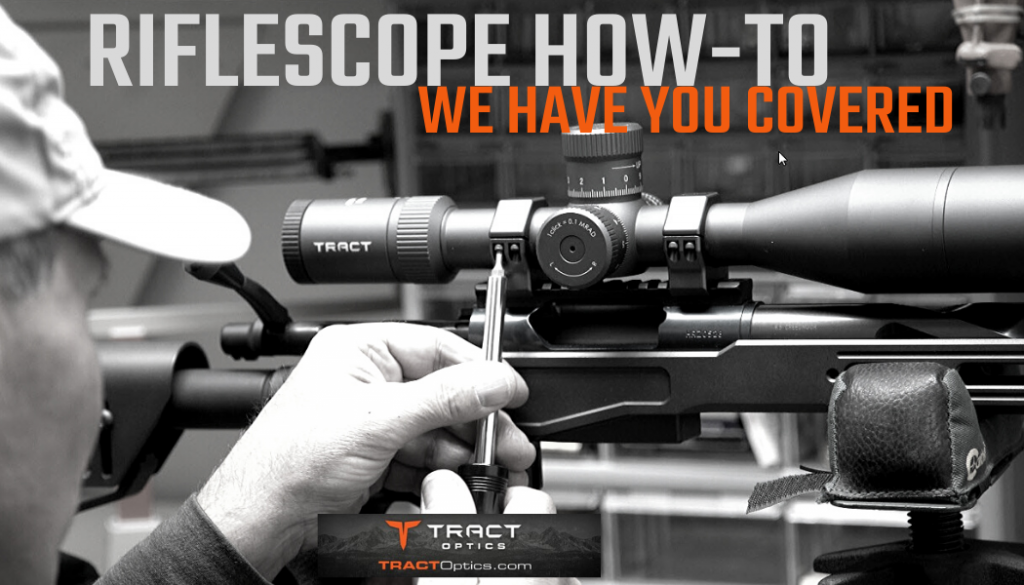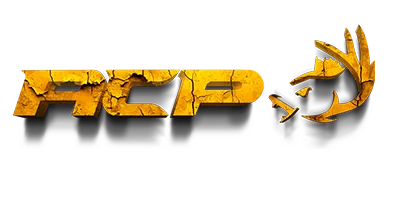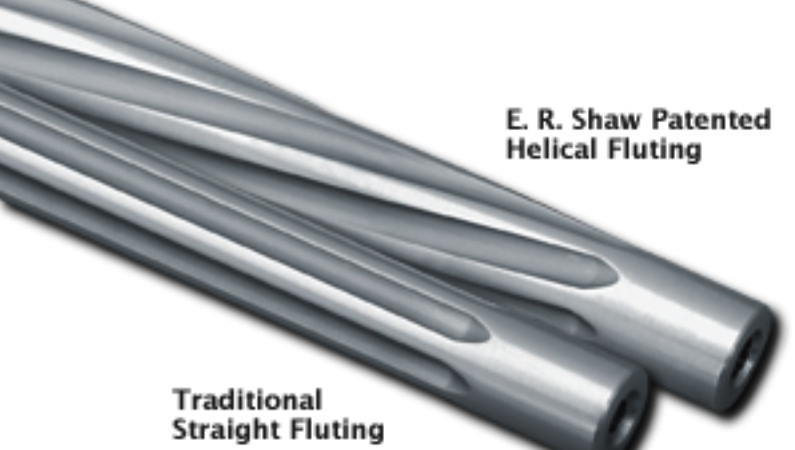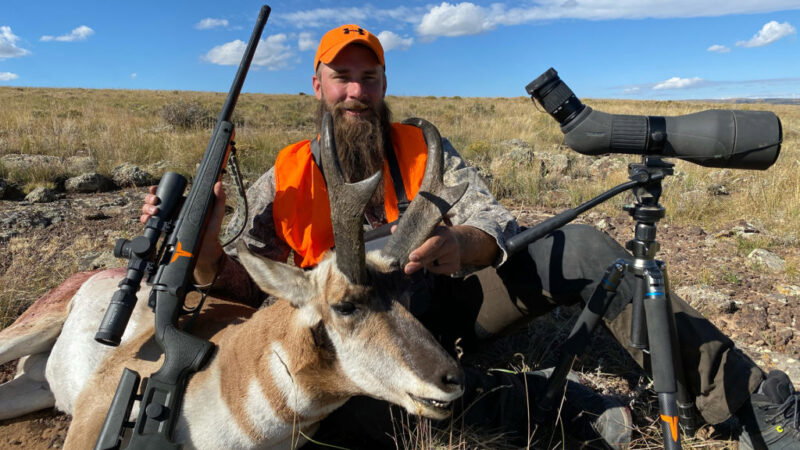Rifle Shooting and Academic Knowledge
Did you know that combining rifle shooting and academic knowledge can help take your skills to the next level?
One of the great aspects of shooting sports is the range of opportunity. Novice shooters can experience the rush of their first trigger pull. Veterans have endless availability to acquire more skills and continuously deepen their knowledge.
Rifle Shooting and Academic Knowledge
Combining rifle shooting and academic knowledge can help take your skills to the next level. Shooters who seek proficiency will eventually see their skillset plateau. Rifle shooting fundamentals are honed through time on the range, but to take the next step in expertise and aptitude, sometimes time behind the glass will not make as much of an impact as time in a textbook. Book knowledge paired with experience is extremely important to be able to see success in greater consistency, especially at longer ranges and in extreme conditions. Here are some additional areas of intelligence to take your know-how to the next level.
Advanced Ballistics
A deep understanding of ballistic performance is rarely needed for someone who spends their time on a 100 yd range or someone who hunts in close quarters. However, when shot distance is extended, it’s critical to know how your round will perform.
Factors like wind, elevation, shot angle, and humidity can all push a round off course. Likewise, distance impacts how much a round will drop. Each component will change a round’s flight due to extremity and the type of round used, and a deeper familiarity is necessary to consistently hit beyond 300 yds.

Units of Measurement
Once a deeper understanding of ballistics is established, shooters should learn how to apply the concepts to the field. Knowing how much a bullet will move is only half of the equation. Shooters should then use that insight and adjust their scope to represent the bullet’s flight path.
Certain measurements are built into rifle scopes to provide shooters consistent ways to make adjustments. Minutes of Angle (MOA) and Milliradians (mils) are the two main forms of measurement. Each form of measurement sees advantages and disadvantages over the other. Shooters should learn the concepts of both to be able to properly adjust for longer and more extreme shots.
Josh from Pursuit of Accuracy discusses MOA and MRAD to help you decide what is better for your application
Scope Specifics
More than likely, the owner’s manual is the last thing picked up when someone first receives a new scope. That being said, an intimate grasp of your scope is critical. Not only is it important to be able to correct problems, but the instructions can give better insight on sighting in and making adjustments.
Scopes with a bullet drop compensation (BDC) reticle can be extremely helpful but also require separate study. These reticles allow shooters to adjust their hold for longer shots instead of adjusting their dials. While extremely helpful when quick shots are needed, a deeper understanding and some memorization may be required beforehand.

Handloading
Off-the-shelf ammunition has drastically improved over the years. Improvements in machining and processing have led to low failure rates of factory-produced loads. Nevertheless, nothing made in a factory will have the custom feel or performance potential of high-quality, hand-loaded rounds.
Every rifle is different, and every rifle has different ammunition preferences. Even a single grain of powder can make a difference in a rifle’s accuracy – especially over distance. Shooters should learn the basics of handloading and fine-tune and customize each round to their rifle’s liking.
Gunsmithing
Gunsmithing is perhaps the one area on this list with the steepest barriers of entry. The subject matter is extremely deep, and the equipment needed is extremely precise – not to mention expensive.
To acquire true shooting proficiency, however, a shooter should understand rifle construction backwards and forwards. And there’s no better way to learn the differences in build quality like knowing how to deconstruct one and put it back together. Plus, if a rifle is consistently in disrepair, a shooter will spend more time repairing their firearms instead of shooting them.
Understand Proper Storage
Gun storage is important for longevity and consistency in your rifle. Temperature, humidity, and rust should all be controlled, and shooters should spend the time researching and studying the causes, preventions, and repairs for guns that are intended to last a lifetime.
Time on the range is great for developing an initial skillset. But to make the most out of rifle shooting and academic knowledge, time in the books is paramount. It’s the secret in advancing from being a good shot to a true marksman. Learn each of these topics to take your shooting to the next level.











